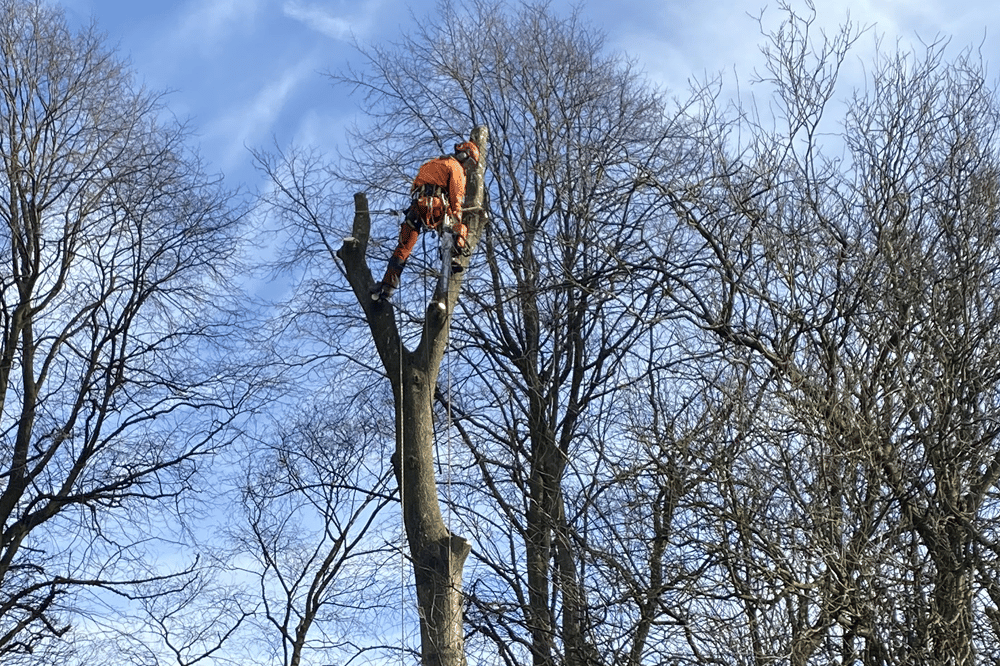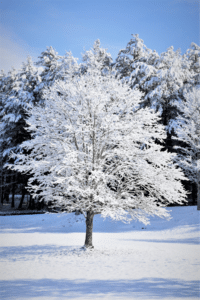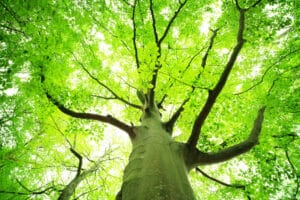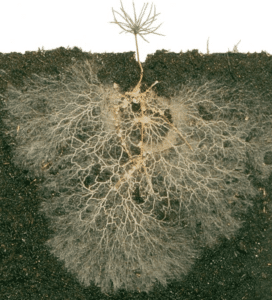
1. What are the specific benefits of summer tree pruning
Summertime is the best season for pruning trees because the weather is milder and the days are longer. This allows for a better-growing environment for new branches and leaves. Additionally, summer tree pruning helps to shape the tree’s canopy, which can improve airflow and prevent heat damage during the hottest months. One of the benefits of summer tree pruning is that it encourages regeneration in the tree.
https://www.trees.org.uk/Trees.org.uk/media/Trees-org.uk/Documents/GuideToPruning-Web.pdf
2. The different types of pruning and when they should be used
Pruning can be done for a variety of reasons, such as to remove dead or dying branches, to thin out the tree’s canopy, or to promote new growth. The three main types of pruning are heading, thinning, and rejuvenation. Heading cuts are made to the ends of branches to encourage bushier growth, which is another benefit of summer tree pruning. Thinning cuts are made to remove branches throughout the tree’s canopy to improve air circulation and light penetration. Rejuvenation pruning is a more drastic measure that involves removing large branches or even entire sections of the tree to promote new growth.
Before pruning, it’s important to assess the tree’s overall health and structure. Summer tree pruning is good because it’s a time when the trees are at their healthiest. Once you have a plan for what needs to be done, you can start pruning. Be sure to use clean, sharp tools and make cuts at the proper angle. When in doubt, it’s always best to consult with a professional arborist.
3. How to tell if your tree needs pruning
There are a few signs that can indicate that your tree needs pruning. If you see dead or dying branches if the tree’s canopy is too dense, or if the tree is growing awkwardly, then pruning may be necessary. Additionally, if you want to encourage new growth or change the shape of the tree, pruning can help with that as well. If you’re not sure whether or not your tree needs pruning, it’s always best to consult with a certified arborist.
4. What tools and equipment you will need
The type of tools you will need for pruning will depend on the size and type of tree you are working with. For smaller trees, hand pruners may be sufficient. For larger trees, you may need to use a chainsaw or other power tools. Be sure to choose tools that are clean and sharp to avoid damaging the tree.
There are a few things to keep in mind when pruning trees. First, always make sure your cuts are clean and at the proper angle. If you’re not sure how to properly prune your tree, it’s best to consult with a professional arborist.
5. How to safely prune a tree
Pruning can be dangerous if you don’t know what you’re doing. Before starting, be sure to assess the tree’s overall health and structure. Once you have a plan for what needs to be done, you can start pruning. Be sure to use clean, sharp tools and make cuts at the proper angle. When in doubt, it’s always best to consult with a professional arborist.
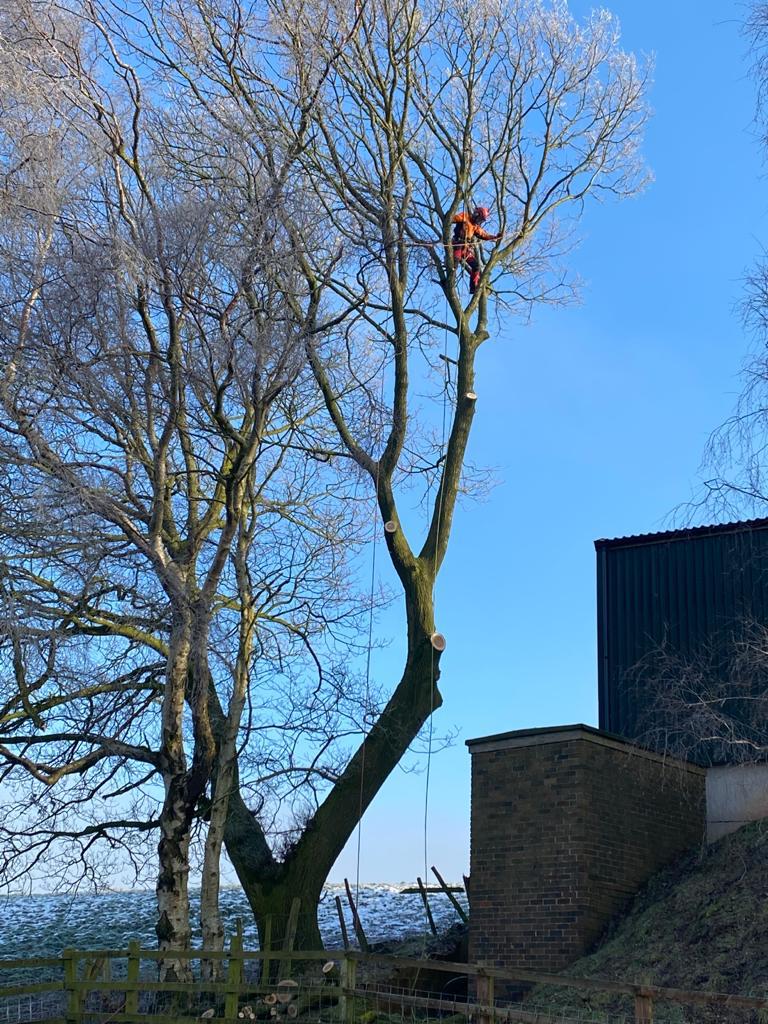
6. The importance of aftercare following pruning
After pruning, it’s important to properly care for your tree. This includes watering it regularly and applying mulch to the base of the tree. Additionally, you may need to stake the tree if it is young or has been damaged by storms. Be sure to check on your tree regularly and consult with a professional if you have any concerns.

